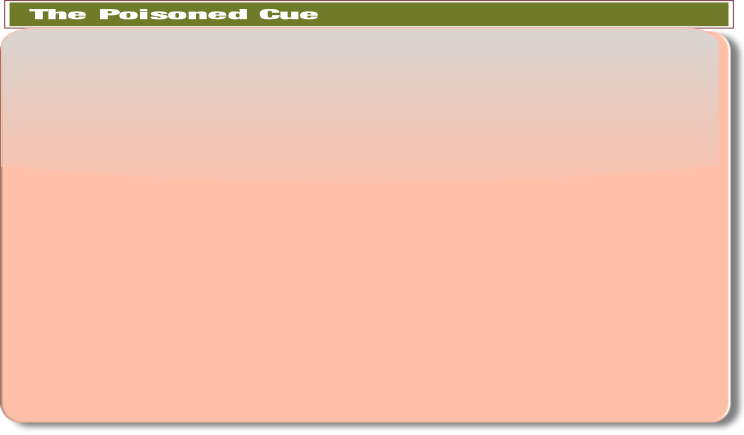



There are two types of chains. The one most talked about by clicker trainers has different behaviors that are linked together by cues. The cues become reinforcers for the behavior that precedes them. (Emotions travel backwards!)
Rosales Ruiz says that the field of behavior analysis does not differentiate between chains and sequences. In chains you can identify the cue for the next behavior which is not so clear in sequences. Some think that the animals own behavior is the cue in sequences.
A chain does not have to be built with positive reinforcers. Animals and people can perform complex behavior chains to avoid unpleasant outcomes. Let’s look at a horse jumping a course. Some horses do love to jump and many jump because they feel they have no other option. If they stop or run beside an obstacle they are punished but at the end of the chain after all the jumps is safety. The horse can rest and his rider leaves him alone. The rider may think his or her horse loves to jump but maybe he is just running to safety at the end of the jumping course.
A learned stimulus that triggers an operant behavior is called a 'discriminative stimulus.'
In clicker training the behavior is developed first and then paired with the discriminative stimulus which indicates an opportunity for reinforcement. If the behavior does not occur the only consequence is that there won't be a reinforcement. We clicker trainers call the discriminative stimulus a cue compared to command in traditional training. When the cue is learned it itself becomes a conditioned positive reinforcer. You can build a behavior chain by using cues as reinforcers.
In traditional training if the animal fails to deliver a behavior the stimulus can lead to punishment (often called correction to make it sound nicer). The command (the negative discriminative stimulus) then is a conditioned negative reinforcer which signals the animal the opportunity to avoid punishment.
Even if the behavior was trained with positive reinforcement but sometimes a correction is used when the behavior is performed incorrectly the stimulus loses its value as a positive reinforcer. It cannot be used anymore in a chain to reinforce previous behaviors because it does not automatically trigger positive emotions.
Names are an example for poisoned cues. When we are called to the bosses room we do not know what to expect. Will we be praised or put down?
According to Jesus Rosales Ruiz, Ph.D. , an Associate Professor in the Department of Behavior Analysis at the University of North Texas, the poisoned cue works like a compound cue.

In the initial experiment Rosales Ruiz used two cards as a cue. Let's say a blue and a green card. You present both card as a cue and get a response. You reinforce the response until the association is made. Then you only present the blue card and reinforce the behavior thereby strengthening the response to the blue card. You can measure the animal's success over several trials. Then you present the green card. Surprisingly you will get the same strong response as for the blue card even though only the response to the blue card was worked on. The initial pairing of blue and green card created the compound cue.
Alexandra Kurland thinks that this explains situations where an unwanted emotional response remains even though the horse experienced many positive repetitions. Positive and negative outcome are so connected for the horse that every time you positively reinforce the behavior you are also strengthening the threat of punishment. You can stop correcting and it seems as the animal knows better. This is very reinforcing to the trainer. Some punishment early in training stops unwanted behavior and the trainer can pet the animal and seem kind while he is actually strengthening the threat of punishment. But all the negative side effects of punishment stay in place.

- Punishment merely teaches what NOT to do
- Punishment often causes avoidance behaviors.
- Punishment often results in a mere suppression of the undesirable behavior
- Punishment often results in a sort of behavioral constriction
- Punishment often leads to retaliatory behavior
- Punishments tends to escalate and is addictive because the trainer feels powerful







